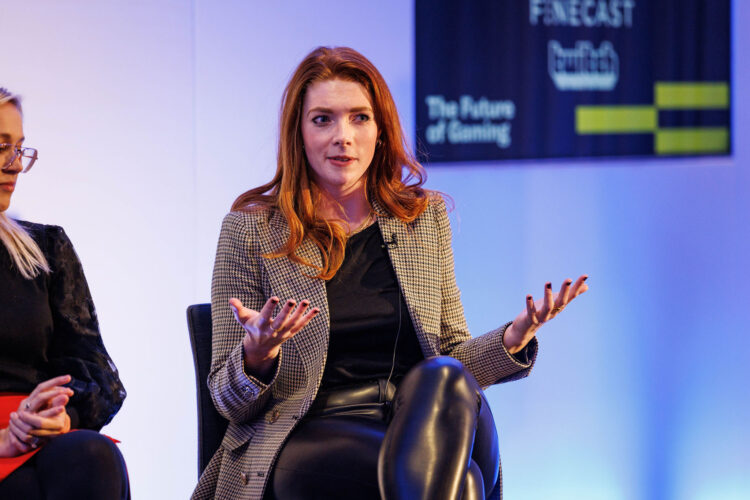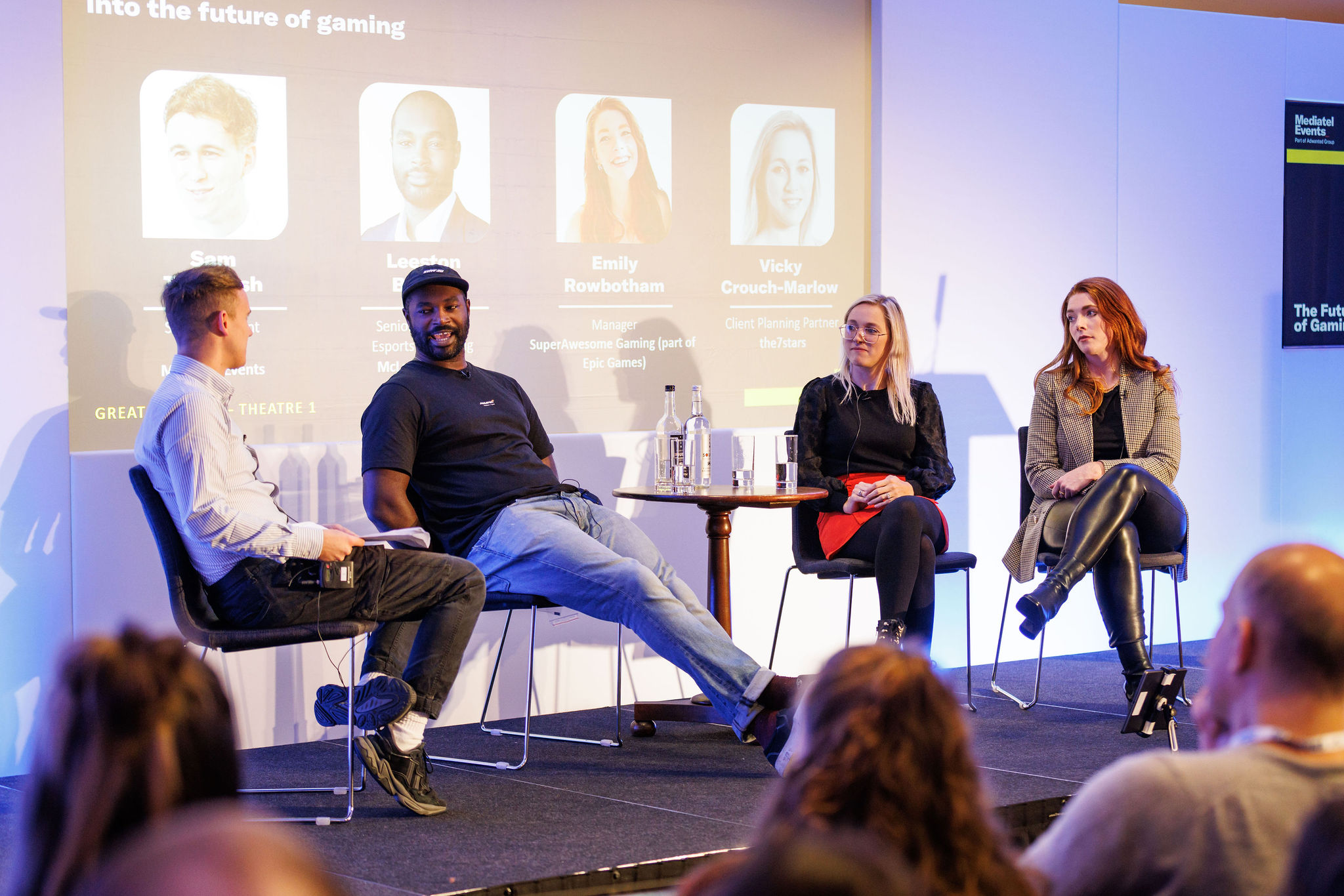How to make gaming a successful part of the media plan

The Future of Media
Advertisers need a ‘change of mindset’ when it comes to targeting the gaming audience. This was the conclusion of a panel of experts at The Future of Gaming event, where they discussed how brands could fully embrace the channel.
Like any marketing channel, questions need to be asked about what gaming can achieve — what’s its role in the wider plan? Vicky Crouch-Marlow, client planning partner at media agency the7stars, also highlighted the role the advertiser plays.
“It’s all too easy to say our audience is there, so we need to be there,” Crouch-Marlow said. “Brands need to work on targeting and seeing what segments of the audience are resonating back to the brand. That then allows them to go that one step further and create those inspirational content partnerships.”
Crouch-Marlow also suggested that with around 53% of PC gamers using ad blockers, brands would need to think long and hard about how to enter that space and reach the audience.
Brand perceptions of gamers and gaming need to change
How do brands perceive the gaming audience when talking to agencies and advertising partners? Emily Rowbotham, business development manager at SuperAwesome Gaming, commented that there’s a massive misconception of what constitutes a ‘serious gamer’.
“There are lots of younger gamers coming through. Of the 6-16 age group, 90% identify as gamers,” she explained. “When you add in the layer that 60% of that generation watch streamers play games they themselves do not own, you see that the younger generation is using gaming in a completely different way to an older age group.”
Rowbotham said it comes down to changing our mindsets that gamers aren’t teenage boys in their bedrooms. “If we don’t get onboard with the younger generation now, they will become the 16 to 25-year-old audience we’re all trying to target at the moment.”

(L-R: Tidmarsh, Bryant, Crouch-Marlow, Rowbotham)
McLaren Racing’s Leeston Bryant said the conversations he’s having with clients is mostly about educating people. “Around the pandemic, we had clients desperate for a gaming and esports strategy, and it was a case of just needing to do something. We had to do a lot of slowing down and focus on segmenting the audience.
“A brand wouldn’t necessarily say we need to do something in sport. You would segment the audience by highlighting sailing as a space to be and target that area.”
Planning for the next generation of gaming
Media planners should be thinking about future technologies now, according to the panel. So, what advice is there for brands?
When it comes to Non-Fungible Tokens (NFTs), Bryant commented: “Don’t follow Logan Paul’s example of NFT investment! Like any new platform, brands should deal with it with a healthy dose of scepticism. We’ve seen with NFTs that a lot of people position themselves as experts, and perhaps they are, but if those experts aren’t seeking to demystify what’s happening, then they are probably not very useful to you and your brand.
“NFTs have been a big learning curve for McLaren. We took our time before entering the market to ensure we could understand it and explain it to our fans in simple terms. The sweet spot for us was being able to add extra utilities to our NFTs that weren’t available originally. So, alongside a digital image, fans could also experience a tour of the McLaren Technology Centre or a call with one of the F1 drivers. If the NFT market goes to pot, fans still have that experience they wouldn’t have had otherwise.”
Panel speakers: Leeston Bryant, Senior Manager, Esports & Gaming, McLaren Racing; Vicky Crouch-Marlow, Client Planning Partner, the7stars; Emily Rowbotham, Business Development Manager, SuperAwesome Gaming (part of Epic Games); chaired by Sam Tidmarsh, Senior Content Manager, Mediatel Events.




